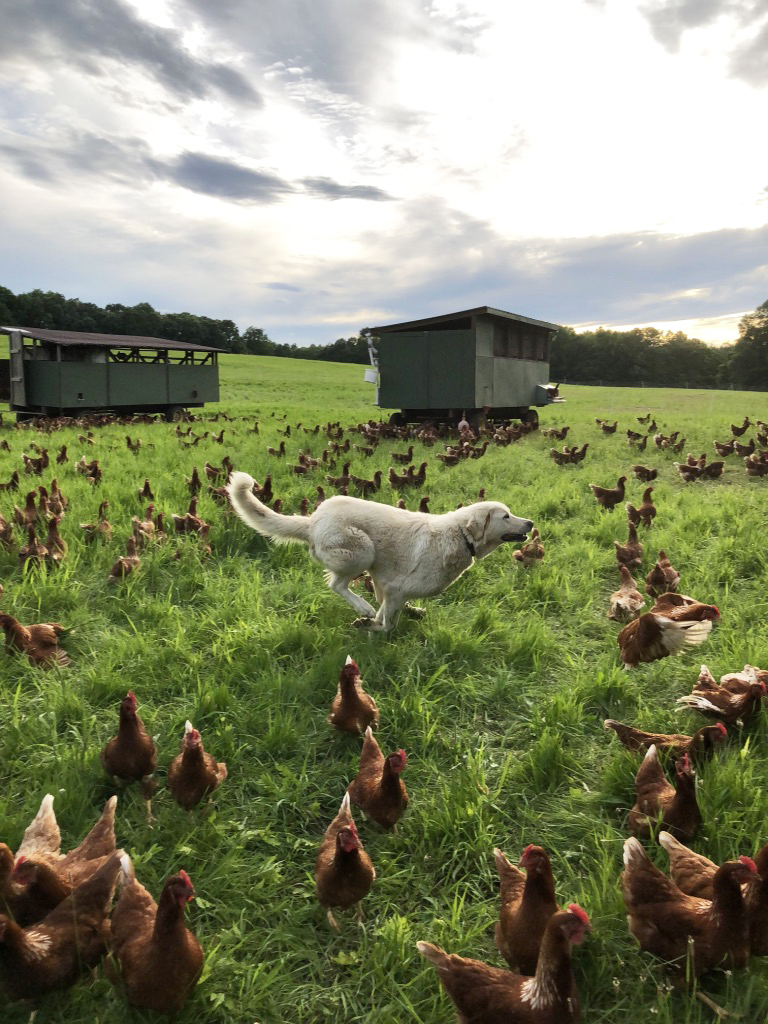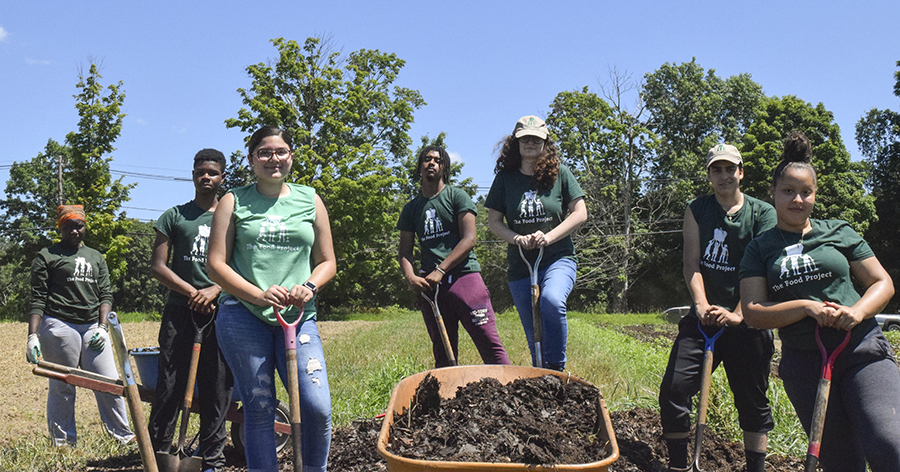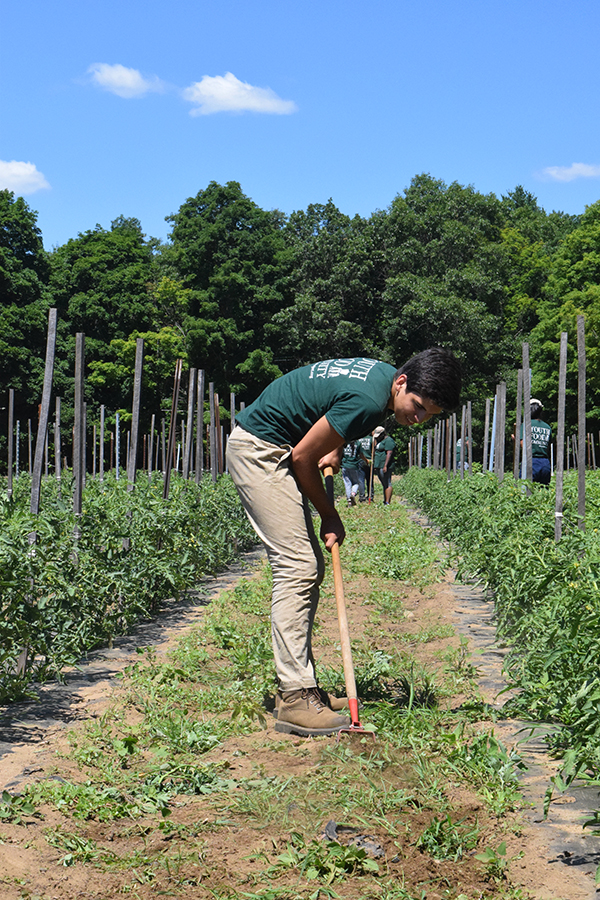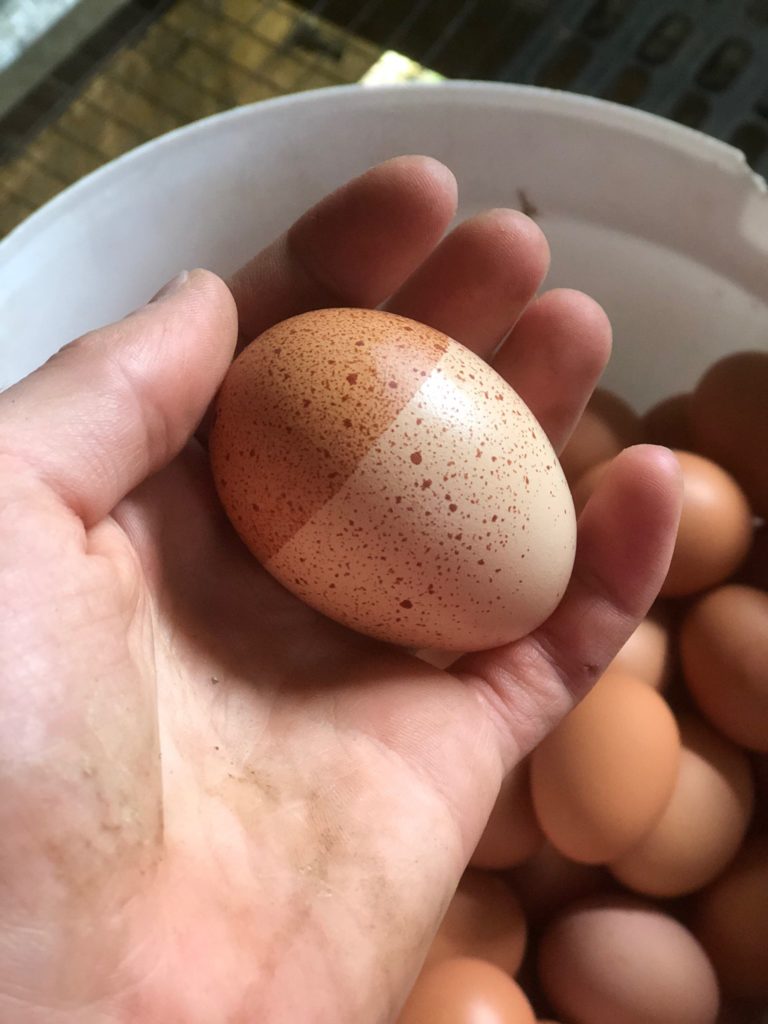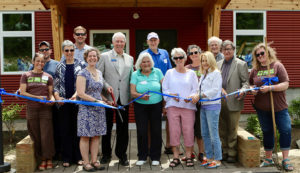(Editor’s note: Click here to read an earlier story about Codman Community Farm by Sarah Cannon Holden.)
By Sarah Cannon Holden
Once there’s even a hint of spring, a farmer’s life is full of chores and challenges that keep him or her busy all day everyday for eight months until the snows fly in late November. Earlier this spring, the chickens were put out to pasture at Lincoln’s Codman Community Farm. Next up: Farmer Pete Lowy and his crew make plans for the large animals.
The farm workers have to transport the 30 head of cattle that wintered at the farm to Lincoln’s lush summer pastures, and it’s a mighty task. In the Wild West, cattle can be herded along a highway, but here in Lincoln, they have to be transported in trailers. This year the farm has 10 mature cows and one bull along with 20 one- and two-year-old calves calves. They’ve all spent the winter together, but come May when all the cattle are moved to pasture, the older calves are separated from the younger ones, which stay with their mother. The calves that are weaned from their mothers will head out to pasture and will eventually be harvested or kept as new breeding stock.
This cycle continues for the cows, which can get pregnant every year during the summer and have about 17 years of fertility and production. They give birth to their calves on pasture in the warm spring and summer months. Red Devon cattle are an old heritage breed from England and thrive in this climate with no help needed during calving. The gestation period for a cow is 283 days.
Soon, Pete will move the cattle to Farm Meadow behind Donelan’s. When Codman first approached Lincoln’s Conservation Commission about using that meadow, there was some concern about disturbing the bobolinks and other grassland birds that have nested there for years. We in Lincoln have a particular fondness for bobolinks, as some say that their name comes from the sound of their call – Bob O’Lincoln. They migrate each year from South America to breed and nest in North America in the summer. Their preference is for hay fields with ample tall grasses, where they make their cup-shaped nests on the ground. One can sit quietly in their nesting areas to watch them fly in and land on a blade of grass before returning to their nests.
Pete believed that there could be a solution that would allow the bobolinks and the cattle to thrive in peaceful coexistence. Though it appeared at first that the bobolink’s habitat covered most of Farm Meadow, it turned out that the birds’ primary habitat was closer to the center than the edge. With great care, Codman developed a plan for the meadow so that the bobolinks could happily settle in a circular fenced-off area at the center of the meadow (the “hubcap”), leaving the perimeter for the cattle to graze in the “wheel.” Movable solar-powered electric fencing can be installed, creating paddocks within the larger field. The Conservation Commission agreed to this plan, as did many in the community who attended a meeting on the subject a few years ago. It seemed a win-win for all.
Every two or three days, the paddock where the cows are grazing is shifted forward along the circumference of the circle, and the cows happily run to the fresh patch of grass. Once the cattle make it around the circle in the 12-15 separate movable paddocks, the rotation can begin again on fresh, fertilized and regenerated grasses. To give the cattle some shade, as there are no trees on Farm Meadow, Codman purchased a “shade haven” — essentially a giant umbrella, which moves around the meadow with the cattle and the water wagon.
The cattle are not the only four-legged animals overseen by Codman — the farm also raises scores of heritage pigs on pastures throughout town. There was a time when Codman’s ten pigs were kept at the farm, where they wallowed in mud and dug up anything they could find. Many will remember those pigs and know exactly why it is said that something “smells like a pigsty!” No longer. The farm now grows upwards of 100 pigs each year for harvest and sale at the farm store, which sells produce and other items including over a dozen sausage varieties, three different smoked bacons, roasts, pate and other items.
Nowadays, the pigs have a great life while living on the farm. They’re sent out to pasture each spring, where they root up and till selected areas of fields that have become overgrown and need renovation. The pigs do a fine job at this — it’s truly their passion! Anything to be found one foot above or below ground is their devouring and exploring specialty. They go after invasives, dandelions, and poison ivy, all of which can completely take over stone walls.
Pigs like roots best of all, so they go after stolon (plants with horizontal runners with a root system that’s full of carbohydrates). Once the animals have done their work in one spot, the farmers come in and work the soil and move the pigs along. There is constant rotation in an effort to get rid of invasives, which can be accomplished once the root system becomes weakened and finally gives up. Because the pigs are kept on the move and the soil is tilled, the smell is minimal.
Of course, all of this takes time. One could put pigs in a dusty and dark barn, but such a system would not be optimal for the pig, the land or, ultimately, the consumer.
This year there are plans for pasturing a small flock of lambs on some fields close to the farm. The 10 two-month-old lambs arrived on the farm about 10 days ago. They will graze pastures on hillsides and areas where it’s difficult to harvest hay or have the chickens graze. Other fields around town are being considered for other livestock rotations including Police Pasture behind the Public Safety Building, which will also host vegetables in the front portion along Codman Road. The back half of the pasture along the stone wall was recently cleared and will continue to be a grazing pasture.
The activities of Codman Community Farm are spread far and wide all over Lincoln. Why not take a walk or a bike ride to see if you can find the sheep, the cattle, the pigs, the chickens, and the vegetable gardens, and then stop by the Farm Store for fresh eggs or a pack of bacon.
To read more about Codman farming methods, see “Codman Community Farms grows by adopting modern practices” (Lincoln Squirrel, November 2, 2017).
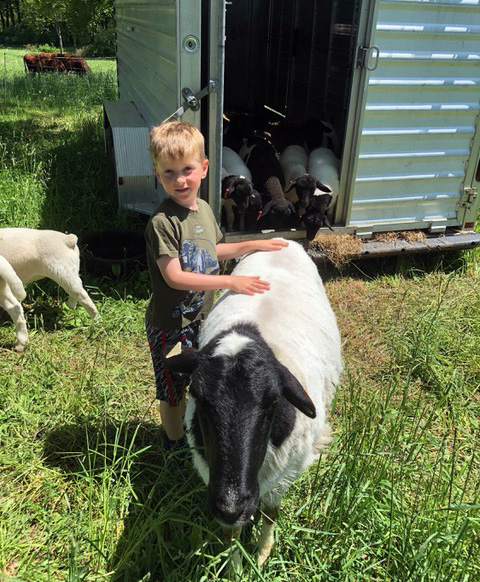
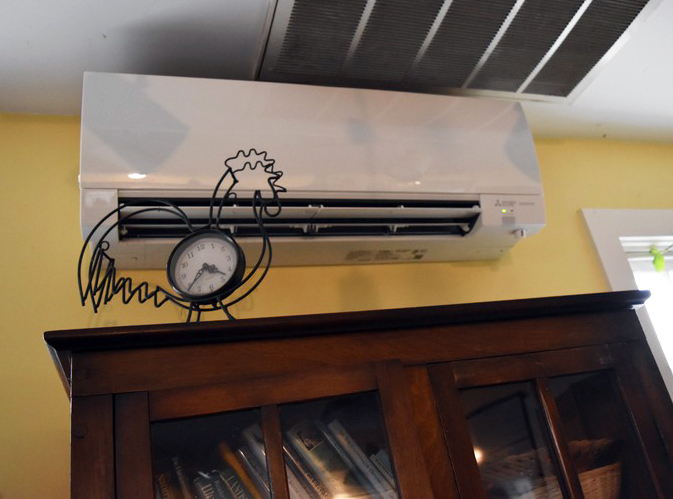
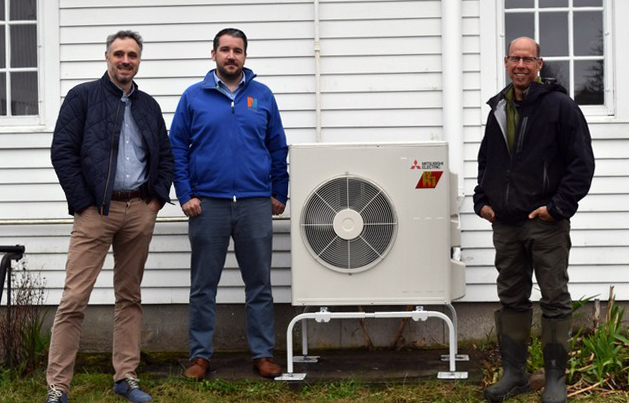
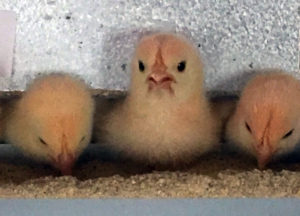
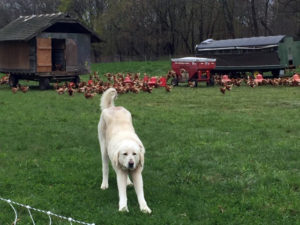
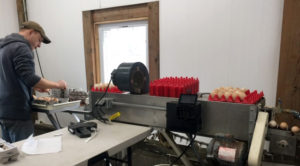
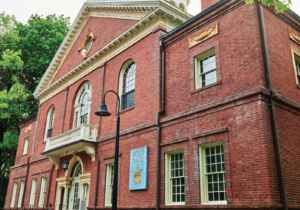 Lincoln Academy with Richard Pierson: Healthy aging — a new science, a new art
Lincoln Academy with Richard Pierson: Healthy aging — a new science, a new art
